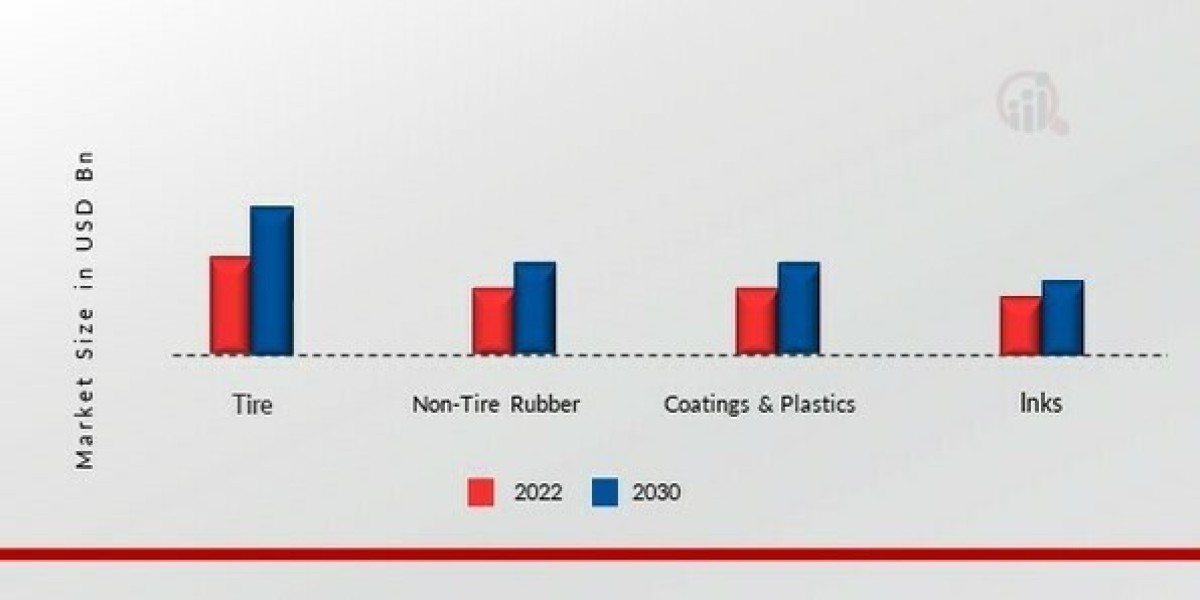How Dry Ice Blasting Is Transforming Industrial Cleaning
Introduction
Dry ice blasting is a non-toxic, non-abrasive cleaning method that uses compressed air to accelerate dry ice pellets (solid CO₂) onto a surface. Upon impact, the pellets lift contaminants and then sublimate—turning directly from solid to gas—leaving no secondary waste behind.
This innovative process is rapidly gaining attention in industries that require effective cleaning without surface damage or chemical residue. Its environmentally friendly nature and time-saving capabilities make it an ideal choice for many modern applications.
How Dry Ice Blasting Works
The process involves shooting dry ice pellets at high speed using a specialized blasting machine. When the pellets hit the dirty surface, three effects occur:
Kinetic energy removes the top layer of dirt or coating.
Thermal shock occurs due to the extreme cold of the pellets (−78.5°C), which causes contaminants to crack or detach from the surface.
Sublimation of the CO₂ pellets into gas causes a rapid expansion, which helps lift debris from the surface.
Unlike other blasting methods such as sandblasting or water blasting, dry ice blasting does not erode the underlying surface. It also doesn’t require drying time or cleaning up residual materials.
Key Advantages of Dry Ice Blasting
Dry ice blasting offers several advantages over traditional cleaning techniques:
No secondary waste: Since dry ice sublimates on contact, no water or grit is left behind.
Non-abrasive: Ideal for cleaning delicate equipment or surfaces like electrical panels, circuit boards, and sensitive machinery.
Chemical-free: No hazardous cleaning chemicals are used, making it safer for workers and better for the environment.
Reduces downtime: Equipment can often be cleaned in place without disassembly.
Environmentally friendly: CO₂ used in dry ice blasting is typically reclaimed from industrial processes, so it does not contribute additional greenhouse gases.
Common Industrial Applications
Dry ice blasting is versatile and is used across many sectors. Common applications include:
Food and beverage industry: Removes baked-on residue, grease, and biofilms from production lines without introducing moisture or contamination.
Automotive: Cleans engine parts, molds, and painting systems without affecting precision surfaces.
Aerospace and aviation: Used to clean carbon deposits, turbine components, and delicate avionics equipment.
Power plants and utilities: Ideal for cleaning electrical equipment without shutting down operations.
Historic restoration: Removes mold, soot, and old paint from brick and wood without damaging the material underneath.
Safety and Environmental Considerations
Although dry ice blasting is a relatively safe process, certain safety measures must be followed:
Proper ventilation is required, as sublimated CO₂ gas can displace oxygen in confined spaces.
Operators should wear protective gear, including gloves and eye protection, due to the extreme cold of the pellets and high air pressure used.
Blasting should be done in accordance with OSHA safety guidelines and equipment manufacturer instructions.
From an environmental standpoint, dry ice blasting is one of the cleanest industrial cleaning methods available. It eliminates the need for hazardous solvents and reduces waste disposal costs. Since the CO₂ is reclaimed and not created for the purpose of blasting, it does not increase carbon emissions.
Limitations to Be Aware Of
While highly effective, dry ice blasting may not be suitable for all cleaning tasks:
It is less effective on very thick coatings like rust or heavy tar unless combined with other methods.
The equipment required can be expensive, making it more practical for industrial or commercial use rather than small-scale applications.
Not ideal for highly porous surfaces where contaminants have deeply penetrated.
Conclusion
Dry ice blasting offers a fast, clean, and sustainable alternative to traditional industrial cleaning methods. Its ability to clean without damaging equipment or leaving behind waste makes it a valuable tool across many sectors. As industries continue to prioritize eco-friendly and efficient processes, dry ice blasting is likely to play an even larger role in the future of maintenance and cleaning.








